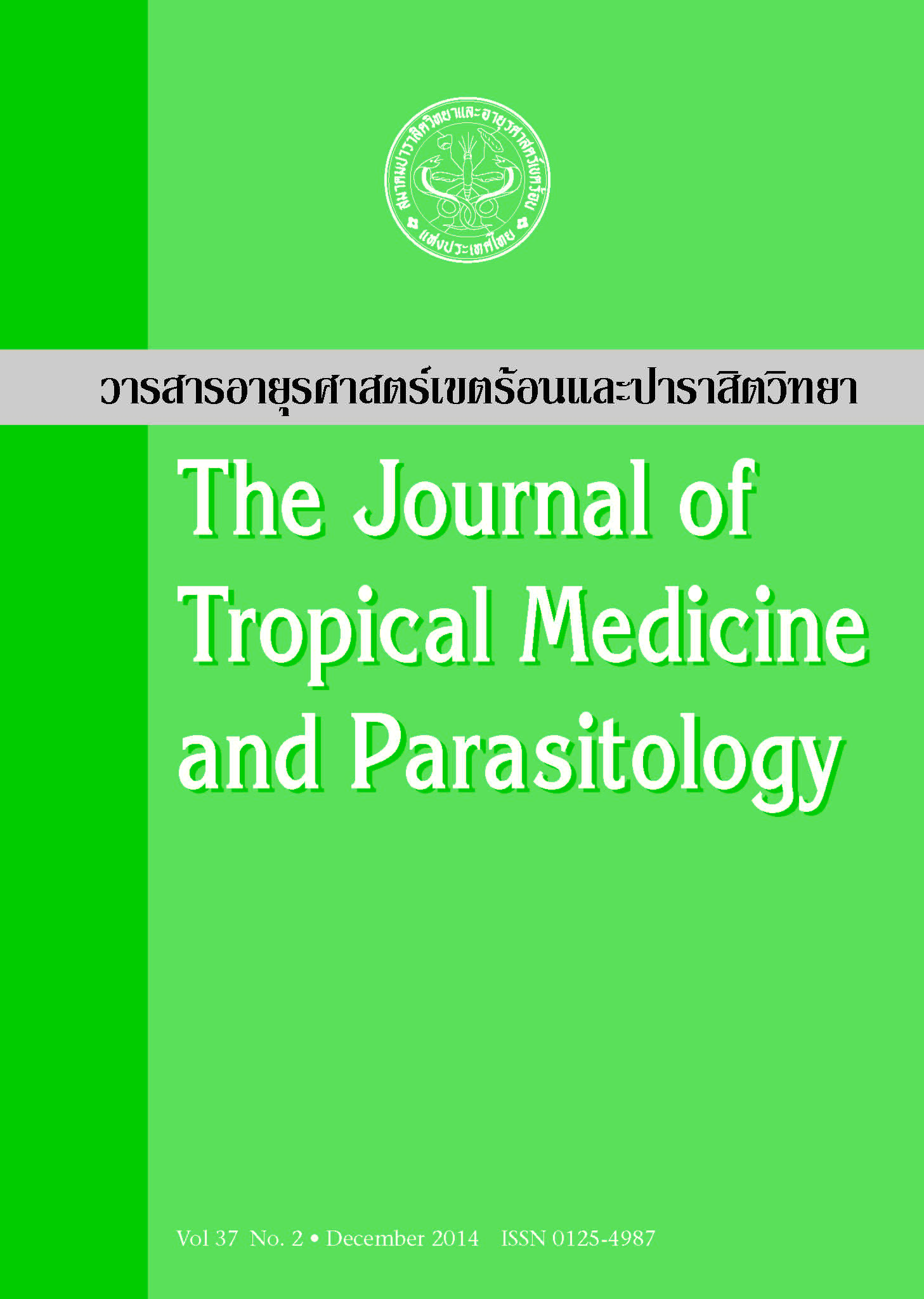Intestinal parasites in captive mugger crocodiles (Crocodylus palustris) in south India
Main Article Content
Abstract
Coprological samples of captive mugger crocodiles (Crocodylus palustris) were randomly collected (N=102) from Snake Park, Guindy (N=36), Arignar Anna Zoological Park, Vandalur (N=44) and Amaravathy Crocodile farm (N=22) and screened for evidence of intestinal parasites using fecal sedimentation and flotation technique. Quantitative analysis of fecal samples was not performed for this study. The fecal samples collected were on random sampling basis under captive environment condition, irrespective of their sex, since both male and female are reared in the confined area. The samples were collected among the adult group of crocodiles (> 8 ft) in length bearing an average weight of 500 pounds. Parasitic fauna evidenced trematode eggs including Renifers which were predominant in Snake Park, Guindy (36.1%) and Amaravathy Crocodile farm (22.7%), and nematode eggs, Dujardinascaris sp., in Arignar Anna Zoological Park, Vandalur (36.4%). There were mixed infection between Dujardinascaris sp., (11.4%) and Renifers (5.6%). Ophiotaenia sp. was also found in a few samples. Polydelphis sp. was found in Amaravathy farm (13.7%). Renifers (19.6%) and Dujardinascaris sp. (21.6%) were found in mugger crocodiles from all these three locations. Mixed infection of sporulated coccidian oocyst (4.9%) Isospora sp. and Eimeria sp. were found in Snake Park Guindy and Amaravathy Crocodile farm. Snake Park, Guindy and Amaravathy Crocodile farm had the habit of feeding fishes to this crocodile resulting in the transmission of trematode and cestode.
